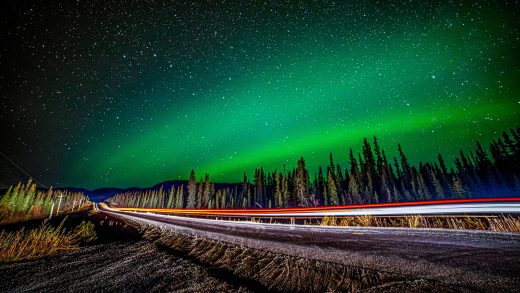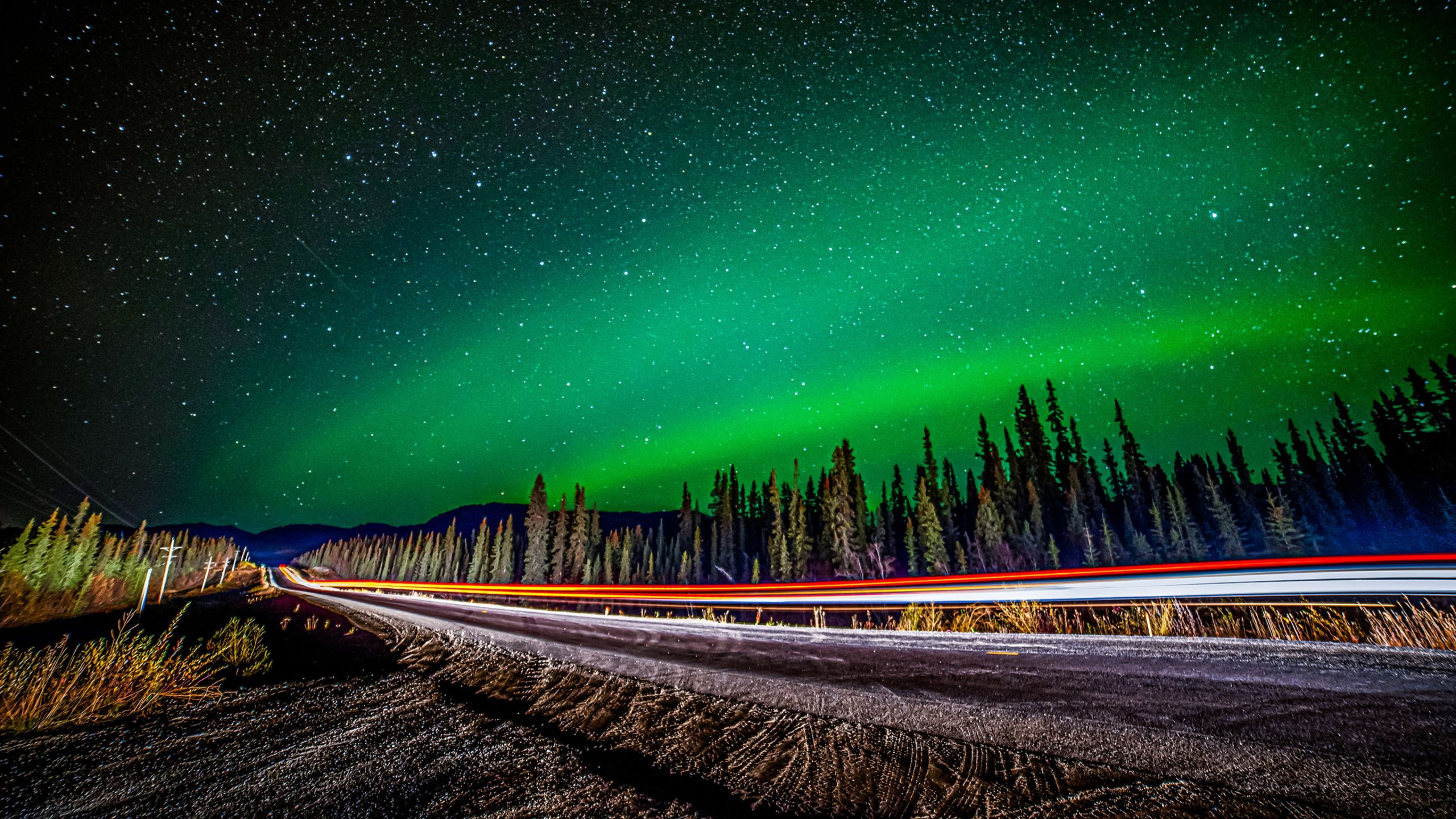Traveled to see the solar eclipse? Here’s where to go next
Traveled to see the solar eclipse? Here’s where to go next
A solar eclipse is just one of many eye-popping natural phenomena known to take viewers’ breath away. Here are some other sights worth traveling to see this year.
(May 02, 2024), every state along the trail from which this year’s solar eclipse appeared most visible was deluged with thousands of visitors. Delta even offered a path of totality flight package for folks who preferred to take in the rare daytime darkness while soaring the friendly skies.
The first solar eclipse in seven years clearly captured Americans’ imaginations, activating many latent eclipse-chasers in the process. But what will these burgeoning adventurers do after the moon moves away again, and the path of Austin to Detroit reverts back to the terrain of die-hard Pistons fans in Texas? Perhaps some will be so thrilled with the experience, they’ll seek out other light-based natural phenomena worth traveling for later this year. If so, they’re in luck: There’s no shortage of illuminating sights well worth taking in as an encore to the eclipse.
Meteor Showers
If catching a falling star sounds romantic, meteor showers create the illusion of a cascade of falling stars for hours at a time—sometimes even days. They come at different points throughout the year, the most imminent being the Lyrid shower due April 16–25. However, the most visible meteor showers each year are the Perseids, which peak on August 12, offering the closest natural approximation of a laser light show for very patient people. According to AccuWeather, some of the best places in the U.S. to watch a meteor shower are certified Dark Sky sites like Joshua Tree and Death Valley in California, along with Denali National Park in Alaska. Anywhere as far as possible away from urban light pollution, though, might do the trick. And if August seems too far away to wait, Bill Cooke, who leads the Meteoroid Environment Office at NASA’s Marshall Space Flight Center, recommends planning a trip around Eta Aquarids, which peaks on May 4 and could offer an outburst with visual rates as high as one per minute.
Northern Lights
Also known as aurora borealis, the northern lights are an atmospheric event in which the solar wind gorgeously disturbs Earth’s magnetic field. When it happens, swirling tendrils of neon green and other cosmic colors dance throughout the sky in high-latitude areas such as Alaska and Northern Canada. Although aurora borealis is always potentially visible under dark skies from late August to mid-April, this year looks to be an especially ideal time to witness it. According to Dr. Shannon Schmoll, director of the Abrams Planetarium at Michigan State University, the sun will reach “solar maximum,” the peak of an 11-year cycle when solar activity is greatest, sometime during this fall or winter. It’s possible to catch a glimpse of the northern lights from domestic destinations such as Montana’s Glacier National Park and Michigan’s Headlands International Dark Sky Park, but some of the best vantages in the world include the Westfjords in Iceland, and the aptly named Aurora Borealis Lodge near Fairbanks, Alaska.
Bioluminescence
Some people’s experience with bioluminescence—living organisms that emit light—starts and ends with chasing fireflies in childhood. But there’s an entire universe of glowing creatures who appear ripped right out of a Marvel comic book about nature, and which turn the environment around them into wonders of the world. Located along the shore of the island of Vieques, off the coast of Puerto Rico, is Mosquito Bay, said to be the brightest bioluminescent bay in the world. Its vast supplies of plankton create rippling pockets of electric blue, which are most noticeable between June and November. Another destination for the same phenomenon is the so-called Sea of Stars, in Vaadhoo, Maldives. Go between June and October, and watch sparkly plankton turn the waves sapphire-blue at night. Since the best time to go is said to be five days after the full moon, consider checking out the lunar phases calendar for this year before booking a trip.
Manhattanhenge
As a treat for making it through the great East Coast earthquake of 2024, New Yorkers can plan out the best way to take in the Manhattan Solstice next month. Coined by star astrophysicist Neil deGrasse Tyson, Manhattanhenge is a biannual event in which the setting sun perfectly corresponds with the east-west streets of the main grid of the city, turning the center of our solar system into the fiery bright dot of a spectacular exclamation point, as seen from several teeming city streets. The first Manhattanhenge sunset of 2024 will take place on May 29 at 8:13 p.m., followed by another on July 11 at 8:20 p.m. According to Tyson, the best streets to view it from Manhattan’s main thoroughfares are 14th, 23rd, 34th, 42nd, and 57th.
The Everlasting Storm
They say lightning never strikes the same place twice, but in Venezuela’s Catatumbo River, it strikes 1.6 million times per year. Some of those have to be repeat hits. Catatumbo, which means “House of Thunder” in the language of the Bari people, is the lightning capital of the world, home to an atmospheric phenomenon that looks like the biblical rapture. Believed to be the result of crosscurrents of humid swamp air and cool mountain air, the event can even occasionally happen when there’s no rainfall. Thunderstorms rumble over this area of Venezuela almost 300 days out of the year, so it’s easy to catch the Everlasting Storm, but the wet season peaks in October. Visitors at that time can expect to see up to 26 lightning flashes in a single minute. As unsafe as “constant lightning” may sound, lightning apparently only strikes over certain places in the area, and residents tend to go about their lives without fear.
ABOUT THE AUTHOR
(42)



